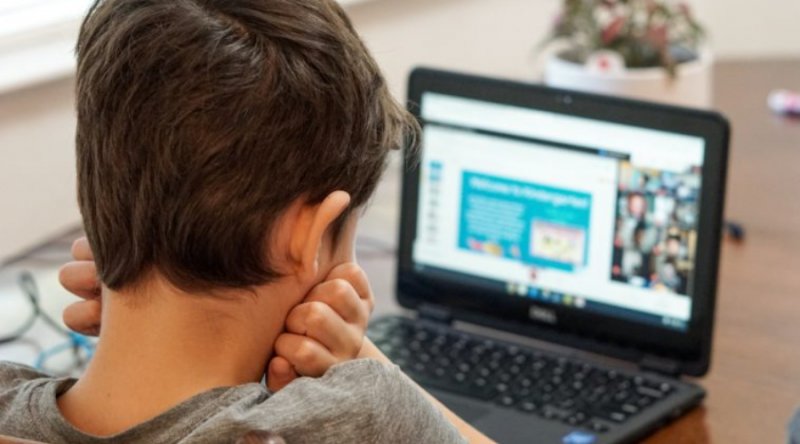Technology has revolutionized the way students learn and engage with their studies. In the past, students had to rely on teachers and textbooks to learn new concepts. Today, there are a variety of tools that students can use to gain a deeper understanding of their coursework.
In the future, technology will continue to play a major role in education. Here are some ways that technology will help students in 2022:
-
Online Learning Platforms
Online learning platforms like Khan Academy and Coursera offer a convenient way for students to access quality educational content. These platforms provide thousands of courses that cover a wide range of topics. Students having an internet connection like Hawaiian Telcom, or any other internet can easily watch lectures, take practice quizzes, and earn badges to demonstrate their mastery of the material.
-
Virtual Reality
Virtual reality (VR) is an immersive technology that allows users to experience simulated environments. In education, VR can be used to provide students with a realistic and interactive learning experience. For example, VR can be used to take students on virtual field trips or to simulate historical events.
-
Augmented Reality
Augmented reality (AR) is a technology that overlays digital information in the real world. AR can be used in education to enhance textbooks, worksheets, and other materials. For example, AR can be used to display 3D models of molecules or to show the night sky in real-time.
-
Wearable Devices
Wearable devices like smartwatches and fitness trackers are becoming increasingly popular. In education, these devices can be used to track students’ progress and provide them with real-time feedback. For example, a smartwatch could be used to give students reminders about upcoming deadlines or quizzes.
-
Artificial Intelligence
Artificial intelligence (AI) is a technology that enables machines to learn and work independently. In education, AI can be used to create personalized learning experiences for students. For example, AI can be used to identify a student’s strengths and weaknesses and recommend specific content or resources.
-
Blockchain
Blockchain is a distributed database that allows for secure and transparent transactions. In education, blockchain can be used to store and manage student data. For example, blockchain can be used to track a student’s academic progress or to verify their identity.
-
3D Printing
3D printing is a technology that allows users to create three-dimensional objects from digital models. In education, 3D printing can be used to create models of complex concepts or to produce prototypes of new products. For example, 3D printing could be used to create anatomical models for biology students or engineering prototypes for design students.
- Robotics
Robotics is a technology that enables machines to interact with the physical world. In education, robotics can be used to teach students about programming, electronics, and mechanical engineering. For example, robots could be used to give students hands-on experience with designing and building circuits or machines.
-
Drones
Drones are unmanned aerial vehicles that can be controlled remotely. In education, drones can be used for a variety of purposes such as photography, videography, and data collection. For example, drones could be used to take aerial photos of a field trip destination or to collect environmental data in a science project.
With the rapid pace of technological advancement, it is likely that even more innovative and impactful educational technologies with using an internet connection like Mediacom Internet will be developed in the coming years.
Technology will continue to shape the future of education. These nine technologies will help students in 2022 and beyond: online learning platforms, virtual reality, augmented reality, wearable devices, and artificial intelligence. By using these technologies, students will be able to learn in new and innovative ways.

